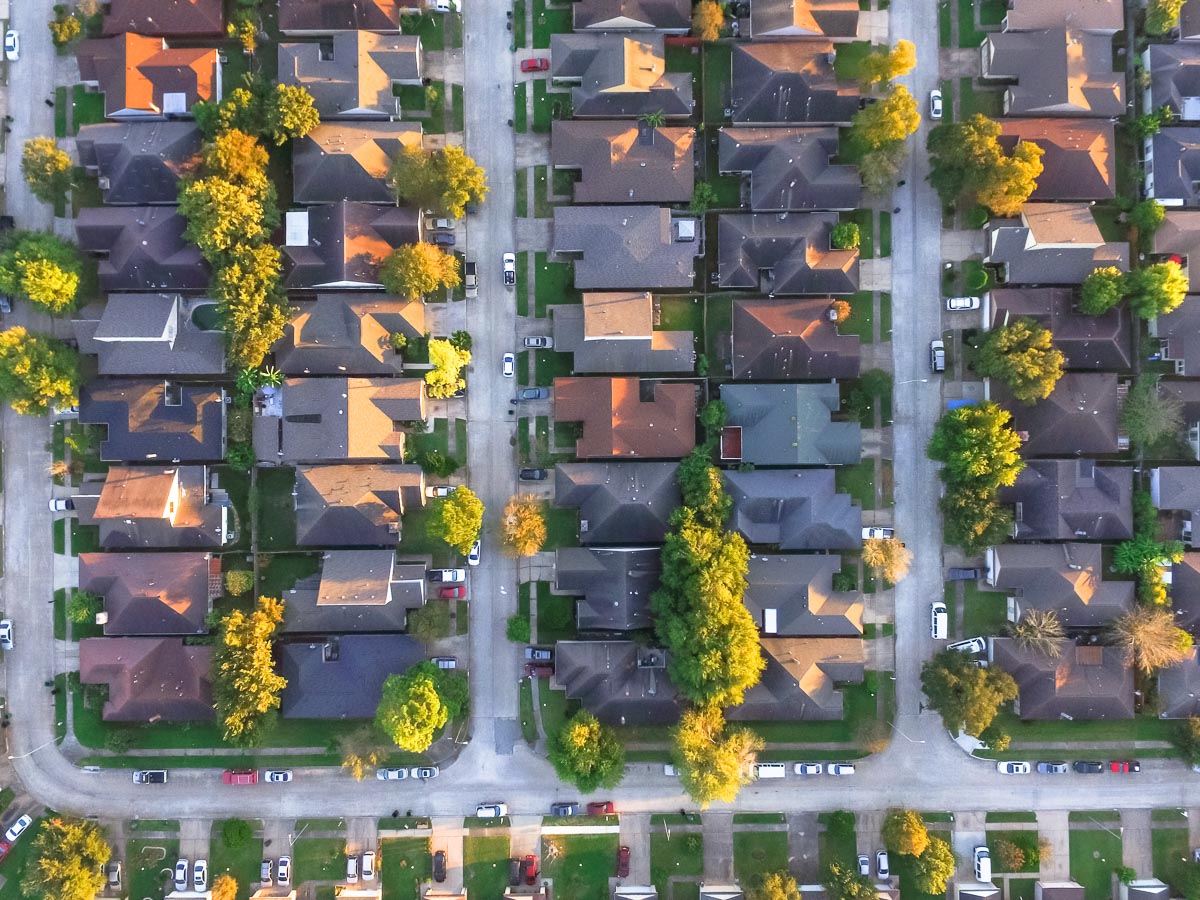But the growth is all in the suburbs, as Harris County and Dallas County both lost population. This pattern is part of a larger trend of core counties losing population during the pandemic. Overall, the nation’s population growth was the slowest in several decades.
Overall, the four major metropolitan areas in the Texas Triangle—Houston, DFW, Austin, and San Antonio—added 254,000 people in the last year, about 82% of Texas’s overall total. But, combined, the core counties in the four metros—Harris, Dallas, Travis, and Bexar—lost 6,000 people, while the outlying counties gained 260,000.
Dallas County took the biggest hit, losing about 25,000 people. Harris County lost 4,000—continuing a trend of stagnant population in the county. Travis County added 9,000 people, but that was only 17% of metro Austin’s population growth. Only in San Antonio, where Bexar County is predominant, did the core county experienced significant population growth. Bexar County added 14,000 people, about 40% of metro San Antonio’s overall growth.
Tarrant County, where Fort Worth is located, did add population. But if Tarrant County were added to the list of “core counties” in DFW and the Triangle, the overall pattern of population loss would be unchanged.
In the Houston region, the vast majority of population growth went to the two biggest suburban counties, Montgomery and Fort Bend, which together added 53,000 people, or about 76% of the region’s population growth. Fort Bend County, which now has more than 850,000 people, added more population than any other county in Texas, closely followed by Denton (near Dallas) and Williamson (near Austin).
Although the largest raw population increases came in the big suburban counties, in percentage terms some smaller suburban areas such huge population increases.
For example, Hays and Comal counties—on the I-35 corridor between Austin and San Antonio, where San Marcos and New Braunfels are located—grew by 5% in a single year. The two counties combined now have a population of about 430,000. San Marcos and New Braunfels regularly turn up as among the fastest-growing cities in the country. In the DFW area, Kaufman County, just southeast of Dallas, grew by 7%. In percentage terms, the fastest-growing counties in the Houston region were Liberty (5.7%) and Waller (4.2%), though in both cases the raw numbers were small.
The four metro areas in the Triangle combined include 33 of Texas’s 254 counties. The other 221 counties added about 55,000 people, a growth rate of 0.6%—about half the Triangle’s percentage increase. Outside the Triangle, no county added more than about 3,000 people and about 75 counties lost population.

